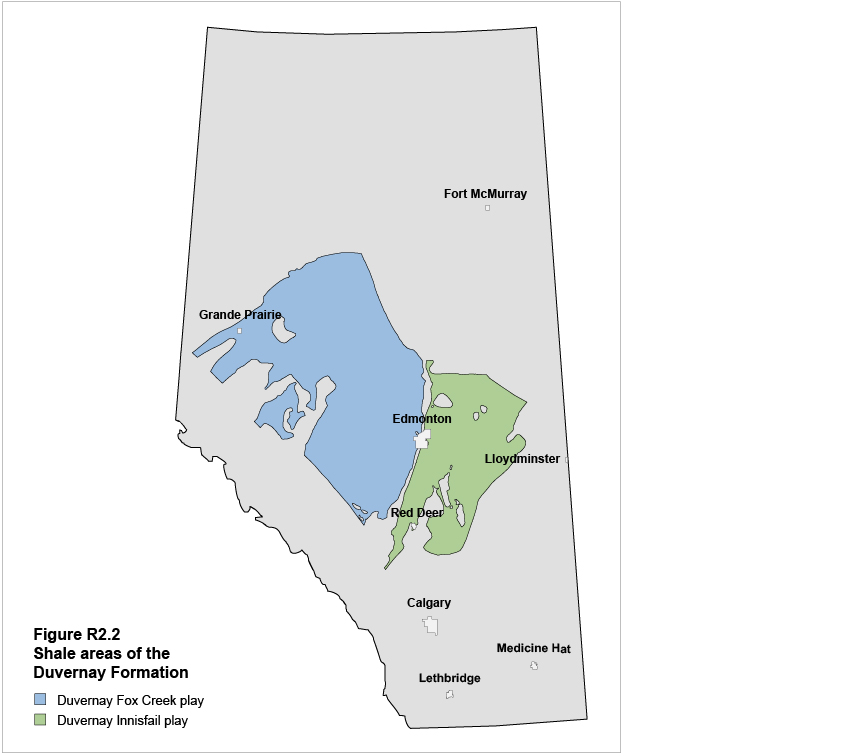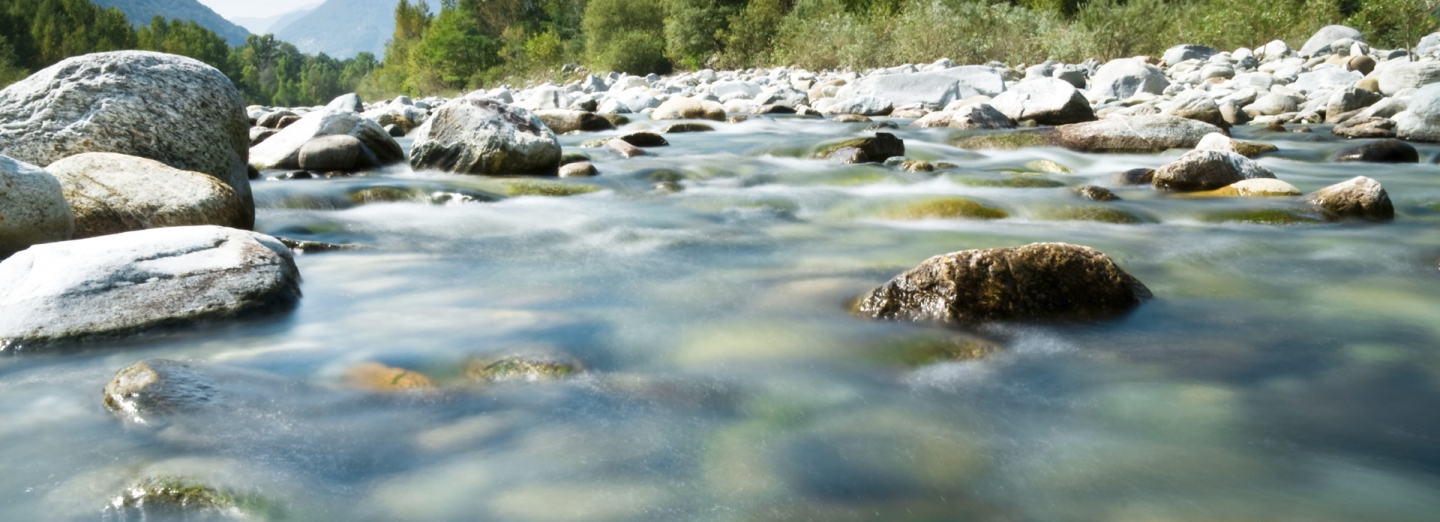Updated June 2023
Unlike most geological formations in Alberta, the Duvernay Formation is both a source rock and a reservoir. This means that it generates hydrocarbons and that those hydrocarbons are also produced. Much of the conventional resources historically targeted within the Alberta basin were sourced from the Duvernay Formation. Over time, some of the Duvernay Formation hydrocarbons migrated into other formations, where they were produced. Previous drilling and completions technology could not produce the hydrocarbons trapped within the very low-permeability shales of the Duvernay Formation. However, horizontal drilling and multistage hydraulic fracturing make it possible to access those hydrocarbons.
Drilling activity in the Duvernay Formation started in 2010 and continues, with over 1350 wells drilled by the end of 2022. Production from the Duvernay Formation includes oil, condensate, and natural gas. Condensate is an important product used to dilute bitumen, allowing it to be transportable via pipeline to market. Due to its proximity to the oil sands, the condensate areas of the Duvernay Formation are well positioned for growth. The condensate and oil also have high value as feedstock for Alberta’s petrochemical industry.
Figure R2.2 shows the extent of the Duvernay Formation in Alberta and the location of the Fox Creek and Innisfail plays, the two geological plays that comprise this formation.

Geology
The Duvernay Formation is found over most of central Alberta and was deposited during the Upper Devonian Period over 372 million years ago. The Duvernay Formation sediments were deposited in a marine basin on the bottom of the seafloor surrounding the coexisting Leduc Formation reefs. The lithology of the Duvernay Formation includes shale and limestone, with a higher proportion of shale in the northwest and a higher proportion of limestone in the southeast. The formation is 1 to 105 metres (m) thick across the depositional extent and ranges in depth from about 850 m in the northeast to 5400 m in the southwest as measured from the ground surface to the formation top.
Geological Plays
The AER has subdivided the Duvernay Formation into two geological plays: Fox Creek (corresponds to the West Shale Basin) and Innisfail (corresponds to the East Shale Basin).
Reserves
The estimated total remaining proved plus probable reserves in the Duvernay Formation are
- 35.7 million cubic metres (106 m3) oil,
- 97.7 106 m3 condensate, and
- 146 555 106 m3 natural gas.
Reserves are evaluated for both geological plays.
Table R2.2 shows the initial and remaining reserves for the shale resource areas in the Duvernay Formation.

Learn More
- Methodology
- Data [ZIP]


